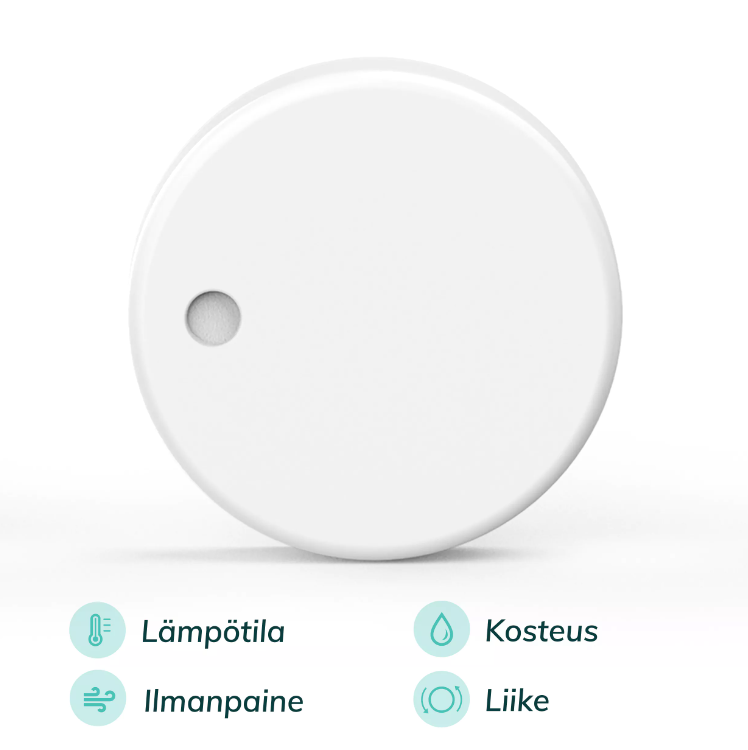We measure the feel in several different parts, with steeds at different stages of development, and we try to examine the benefit obtained from the measurement from several different perspectives. It is especially important to us and our partners that the measurement does not disturb the horse. The pilot measurement is carried out in cooperation with coach Susanna Lemström from Horse Center.
In the second part of the measurements we evaluate utilizing the data from a coaches perspective. The findings from the first part of the measurement can be found here.
The real-time view gives readings about the rider's rein feel for both reins separately.
Faster help
If the rider gets pulled, the coach can intervene in the situation faster than by visual assessment. When the request comes at the right time, it is easier for the horse to carry out the trainer's instructions. And it is also easier for the rider to ride when the instructions come optimally at the right moment. The student learns to identify more precisely when it is the right moment to influence the horse. When you have to yield or at what point you can consciously support the horse a little more than what normal contact would require.
Giving the right cues
The coach often talks about loosening contact. A light contact does not mean loose steering. Often, with hot horses, the problem can be sinking below the lead line, i.e. the horse becomes "empty" in front. The term "empty" is used when the contact is not realized correctly, even if the horse feels light, but moves using the wrong muscles. Such situations can be corrected proactively, because with the help of sensors the coach can see in real time when the contact starts to disappear. Then we ride with more work on the seat and calf. Previously, the trainer only saw a good contact when the horse was working on it with satisfaction. With the help of the data, the trainer can instruct the rider to give the horse longer reins for movements with a more relaxed neck. Without the contact disappearing, but giving the horse room to move with the contact.
With the help of visualized data, a coach can tell their student when the contact is fitting for a particular steed. Data is collected about the strength and consistency of the contact, so it is easier for the rider to understand what a coach means when talking about loosening or tightening contact and bending at the poll. This also makes it easier to track the riders progress between coaching sessions.
More information about the Horse welfare measurement technologies -project
Minna Tiermas
+358 40 861 86195 Minna.tiermas@kogovision.com



